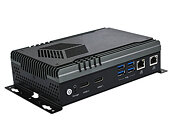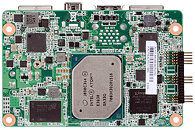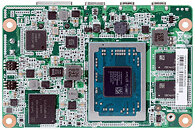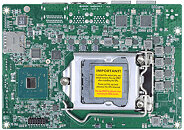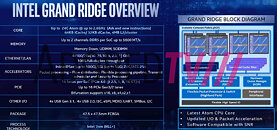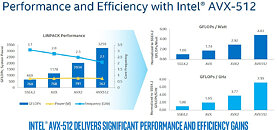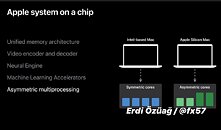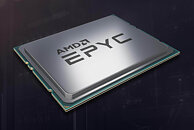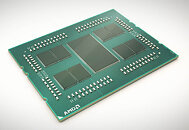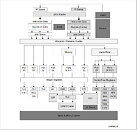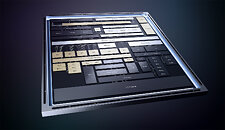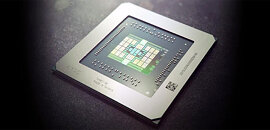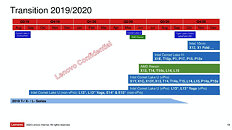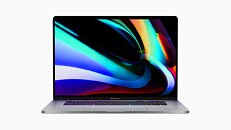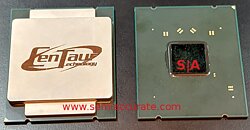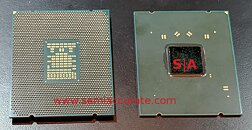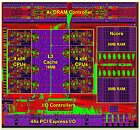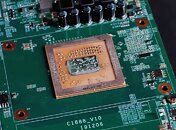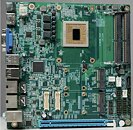
Microsoft Accelerates x64 Application Support for Windows 10 on Arm
Microsoft has announced that they will be pushing x64 app support on their Windows 10 on Arm operating system. This is part of a move by Microsoft to mainstream adoption of their OS (and related services) on Arm-based platforms, ensuring that the company has a foothold in that market - especially as competition between Arm and x86-x64 architectures increases further and reaches more and more areas. Whereas before, Arm was relegated to low-power, relatively low performance designs, recent years have seen Arm's design performance (and philosophy) looking for higher performance use-cases both in the consumer and server/supercomputing spaces. One needs not look further than NVIDIA's plans to acquire Arm to see how much stock is being placed in Arm's future,
The x64 application support for Windows 10 on Arm will first be enabled for Windows Insiders come November, and will support all Windows 10 on Arm system released in the last couple of years, no matter the processor. This support works through emulation, though, so it remains to be seen exactly how well - and at what performance - these applications run. Microsoft has already improved tools and SDKs for application porting efforts to its Windows 10 on Arm ecosystem, and the company will be releasing custom-tailored versions of the Edge Browser, Microsoft Teams, and Visual Studio that play on the platform's strengths. Interesting times lie ahead of us - and if NVIDIA is able to go through with its Arm acquisition (which is a long way from being a guarantee), we might be looking at NVIDIA-branded laptops that run Windows 10 on Arm alongside branded Arm CPUs and NVIDIA GPUs.
The x64 application support for Windows 10 on Arm will first be enabled for Windows Insiders come November, and will support all Windows 10 on Arm system released in the last couple of years, no matter the processor. This support works through emulation, though, so it remains to be seen exactly how well - and at what performance - these applications run. Microsoft has already improved tools and SDKs for application porting efforts to its Windows 10 on Arm ecosystem, and the company will be releasing custom-tailored versions of the Edge Browser, Microsoft Teams, and Visual Studio that play on the platform's strengths. Interesting times lie ahead of us - and if NVIDIA is able to go through with its Arm acquisition (which is a long way from being a guarantee), we might be looking at NVIDIA-branded laptops that run Windows 10 on Arm alongside branded Arm CPUs and NVIDIA GPUs.





